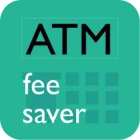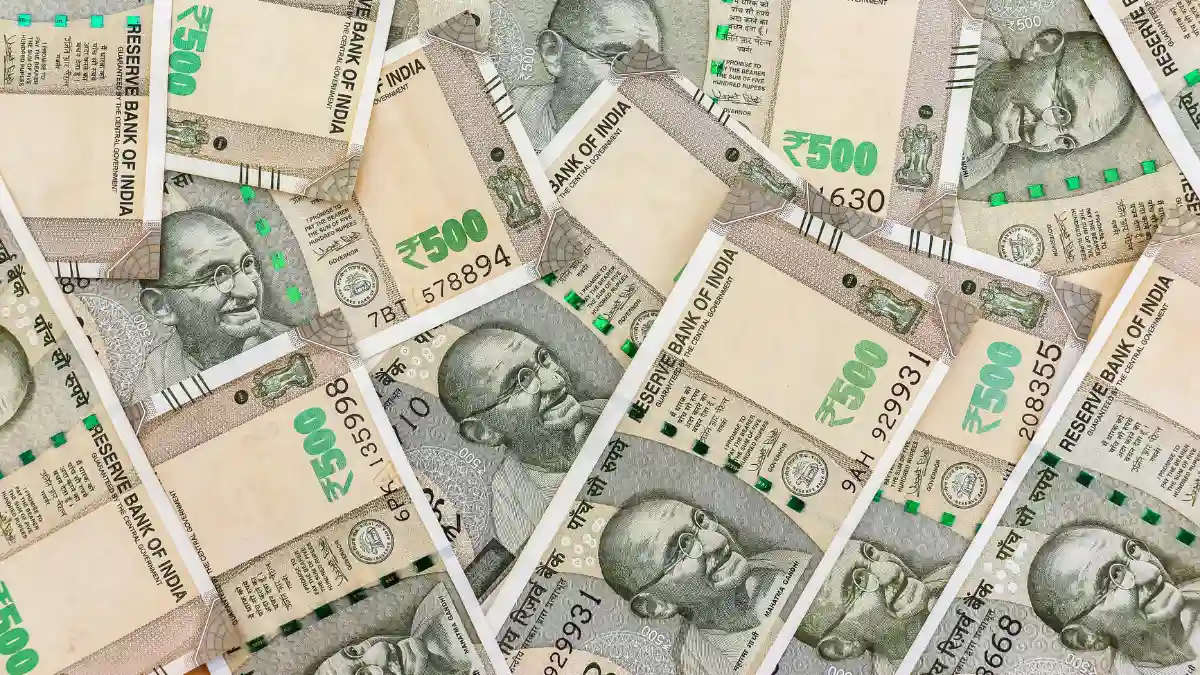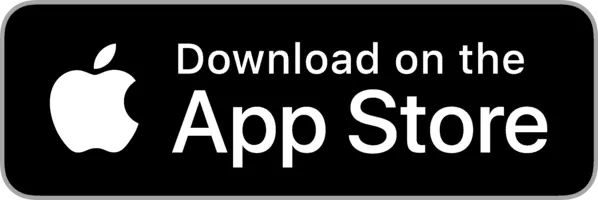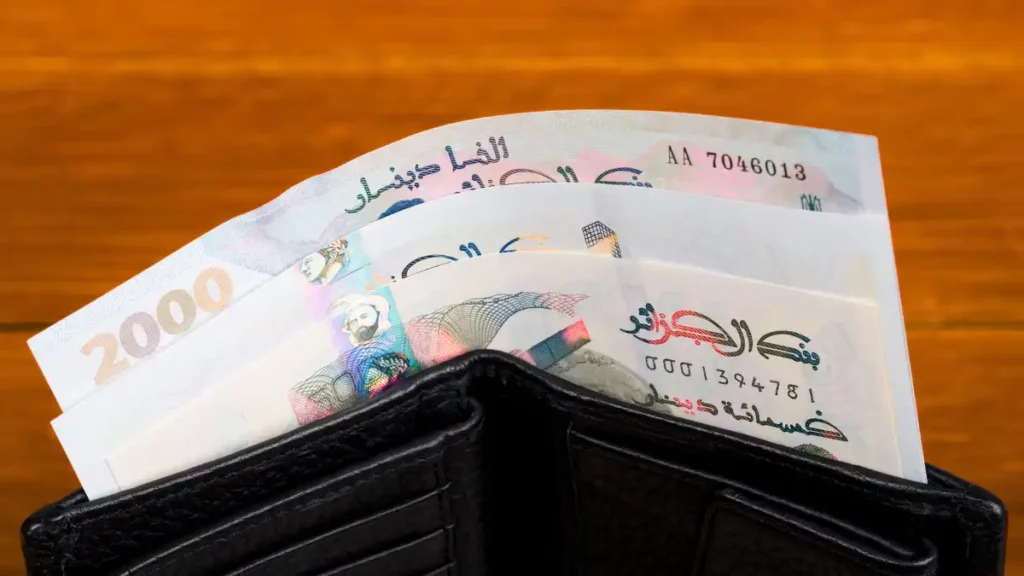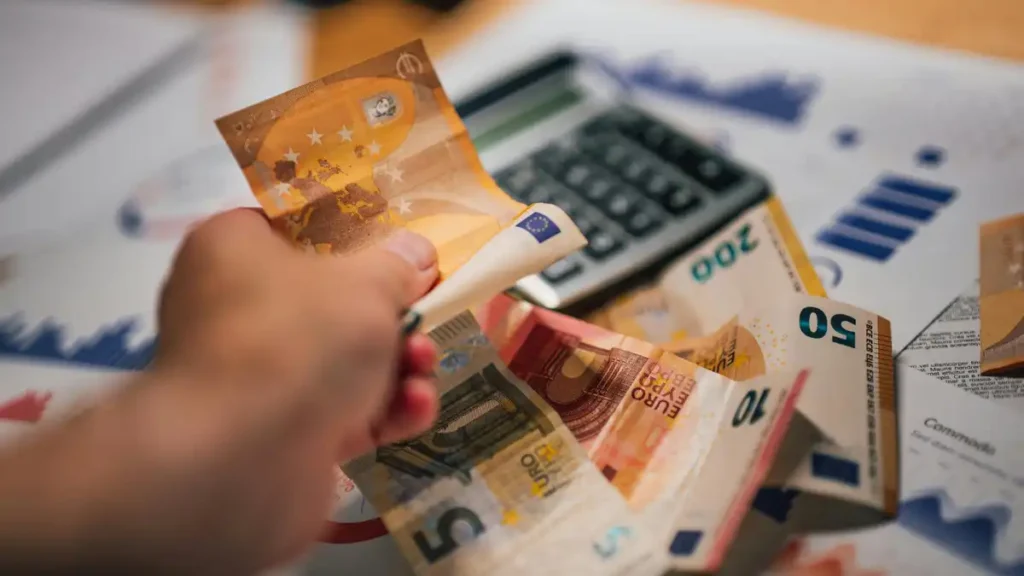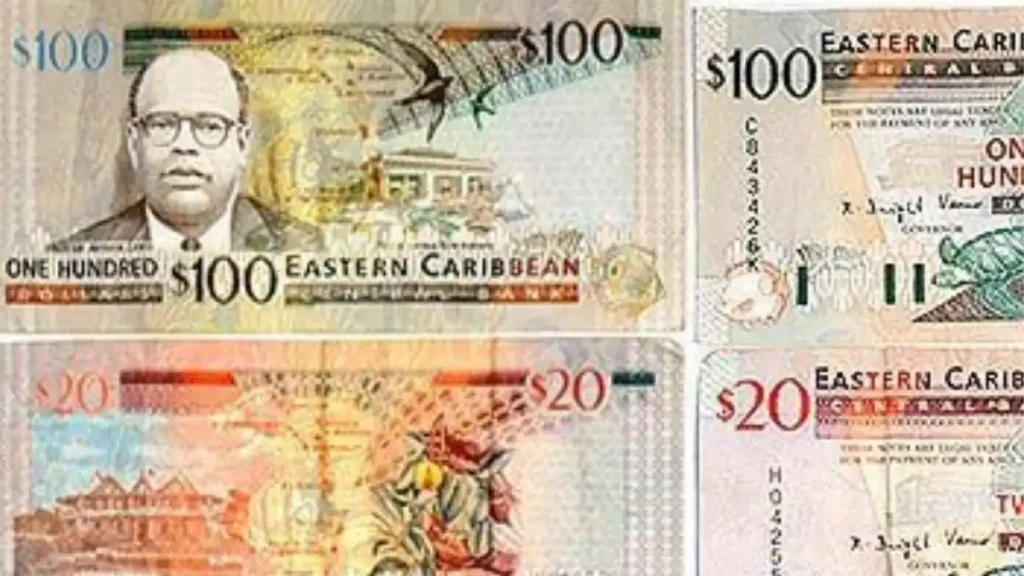India is a kaleidoscope of culture, color, and contrast-where knowing how to manage currency in India can make your trip smoother and safer. From buying chai at a roadside stall to paying for an Uber in Mumbai or tipping your trekking guide in the Himalayas, money in India is used in diverse ways. This guide walks you through what currency to bring, how to get Indian Rupees (INR), where to exchange or withdraw cash, safety tips, and essential dos and don’ts. With these insights, you’ll travel confidently through India’s fast-paced and deeply traditional economy.
How to pay in India – cash or card?
India is a cash centric country for tourists and foreigners.
You can use cash for:
- Budget hotels
- Hostels
- Local tour operators
- Shopping at street markets
- Tips and gratuities
- Entry fees to temples and some smaller sites
- Local buses
- Local taxis / local rickshaws (autorickshaws)
- Local tuk-tuks
- Local trains (non-premium classes)
- Street food
- Small eateries / restaurants
- Small purchases
- Local expenses at grocery stores, local shops, and informal vendors
- Tailoring services
- Mobile SIM and phone top-up (at roadside vendors)
- Laundry services (independent shops or dhobi services)
- Nightlife / bars (in smaller towns)
You can use card for:
- 4 and 5 star hotels
- Large tour operators
- Shopping at malls
- Entry fees to major museums or historical sites (online or at counter in big cities)
- Airport transport (app cabs, metro, airport express)
- Sit-down restaurants (urban areas)
- Upscale restaurants
- Online bookings for upscale hotels, flights, tours
- Spas (in tourist hubs)
- Vehicle renting
- Mobile SIM (at official telecom stores and airports)
- Emergency medical clinics / pharmacies (urban areas)
Note: UPI (mobile payments) is ubiquitous in cities, even at chai stalls. But international cards are not compatible with UPI – so cash is often safer for small purchases unless you have a local UPI-enabled wallet.
What’s the best currency to take to India?
India’s official currency is the Indian Rupee (₹). India does not accept any other currency for its day-to-day transactions. So, if you’re travelling from the US, UK, Europe or any other country, you will likely need to use an ATM soon as you arrive.
So, Indian Rupee is the best currency to take to India.
Where to get the local currency in India?
In India, you can get the local currency in 3 ways. These are:
ATMs, or
Currency exchange
Money transfer and local pick-up
Types of cards to swipe in India
Visa and Mastercard transactions are commonly accepted for swiping. You might also find some places that accept Amex and other cards, albeit less frequently.
Types of cards at ATMs in India
When withdrawing money in India, majority of the ATMs will accept Visa, Mastercard, Cirrus, Plus and Maestro cards. Some of them accept Unionpay, JCB cards. Cards such as Amex, Diners, Discover, Rupay are not usually accepted by many ATMs.
Should I exchange money before travelling to India?
It’s a good idea to bring a small amount of Indian Rupees (INR) before arriving in India for immediate expenses like airport taxis, snacks, or tipping. However, most foreign banks do not stock INR, and exchange rates outside India are often unfavorable. Some countries also restrict the export of INR, making it harder to get locally.
A more practical approach is to withdraw INR from ATMs after arrival. ATMs are widely available across India-in airports, cities, and towns-and typically accept Visa, Mastercard, Cirrus, Plus, and Maestro cards. However, withdrawal fees and daily limits can apply, so check with your home bank before traveling.
Currency exchange services are available at Indian airports, but their rates are typically worse than in-city options. Once in the city, you’ll find better exchange rates at licensed money changers such as Thomas Cook India, Muthoot Forex, or at local forex bureaus. Banks like SBI, HDFC Bank, and ICICI also provide exchange services, though they may require documentation like your passport and visa.
Carrying a mix of cash and cards is advisable. Credit and debit cards are widely accepted in cities, malls, and hotels, but cash is essential in smaller towns, markets, and for transport. USD, GBP, EUR, and AED are the most accepted currencies for exchange in India.
Where to withdraw money in India
The best ATMs for foreigners to use in India are those owned by popular banks such as:
- State Bank of India
- Bank of Baroda
- Punjab National Bank
- Canara Bank
- HDFC Bank
- ICICI Bank
There are many other banks with ATMs that also accept international debit and credit cards. Many ATMs are free and many charge high fees. Read on to know more.
Some international banks also have their ATMs in India, namely HSBC and Standard Chartered.
In India – Deutsche Bank is part of the Global ATM Alliance.
For a detailed guide, read Cash and ATMs in India.
Discover fee-free and low-fee ATMs on the ATM Fee Saver mobile app for iOS and Android. This app provides ATM PINs and details of leading bank ATMs such as ATM fees and withdrawal limits for foreign cardholders at ATMs in India. Moreover, its simple fee calculator helps you determine exact withdrawal charges. You can also find cash tips and tricks on the app for 160+ countries including India.
Download now from the App Store or Play Store.
Where to exchange currency in India
In India, you can exchange currency at authorised currency exchanges, banks, airports, and hotels, the most popular being authorised currency exchanges.
In India, currency exchange offices are known as money changers or foreign exchange bureaus. These are licensed by the Reserve Bank of India (RBI) and categorized as either Authorized Dealers (ADs) or Full-Fledged Money Changers (FFMCs).
You’ll find money changers in international airports, major train stations, popular tourist areas, and commercial hubs.
- Notable currency exchanges are:
Thomas Cook India
Centrum Forex
Weizmann Forex
Muthoot Forex
Unimoni (formerly UAE Exchange India)
Rates at airport counters are generally less favorable, so exchanging in city locations (especially around Connaught Place in Delhi, Fort in Mumbai, or MG Road in Bengaluru) can yield better rates.
Many exchange offices also offer online ordering and delivery of foreign currency.
- Banks Offering Currency Exchange:
State Bank of India (SBI)
HDFC Bank
ICICI Bank
Axis Bank
Kotak Mahindra Bank
Banks usually offer currency exchange only to their account holders and require documentation such as passport, visa, and air tickets. Operating hours are typically from 10:00 AM to 4:00 PM, Monday to Friday.
💡 Tip: USD, EUR, GBP, and AED are the most commonly accepted currencies for exchange. Avoid exchanging at unauthorized counters or with street vendors.
Pro-tips:
Stay away from airport exchanges – Poor rates
Avoid the black market – Be wary of being conned.
Include fresh notes – If your notes are damaged or dirty, you can expect to pay more or less.
Is carrying money in India safe?
It is safe to carry a reasonable amount of cash when travelling through India. In fact, you will likely need to keep some cash handy at all times for various purposes as we described earlier in the article.
Some safety tips for carrying cash while travelling in India are:
- Carry only the cash you need.
- Do not keep all the cash in one pocket or wallet.
- Put some cash in a safety belt or fanny pack.
- Do not flash your cash.
- When paying, do not remove or display your entire cash.
- Keep wallets preferably in front pockets.
- Cross-wear your purses if possible.
- Hold your purses, wallets and bags close and tight on crowded streets and in public trains and buses.
- When withdrawing cash, keep the cash low while you count it so people around don’t see it.
- If you’re dining alone, don’t leave your wallet / bag unattented while you go to the restroom.
- If sitting outdoors in a restaurant, don’t leave your wallets / bags on the table.
Is it better to use debit or credit cards or pay by cash in India
Use a card if it is fee-free i.e. your bank does not charge any fees to swipe the card, when the merchant / POS also does not impose any extra charge to use a card, you need to use the insurance of the card, don’t want to block cash of large purchases and card’s swipe fees are lower than withdrawal fees.
Pay by cash by withdrawing cash from ATM or exchanging currency where – fees on ATM withdrawals are lesser than fees on swiping cards, you don’t want to leave any digital footprint of your expenses, it is convenient and easier to conduct transactions.
